rach18
TPF Noob!
- Joined
- Dec 23, 2011
- Messages
- 2
- Reaction score
- 0
- Location
- New Jersey
- Can others edit my Photos
- Photos OK to edit
I am trying to take pictures for my work of each of their meat products that are in very reflective plastic. I am pretty inexperienced with product images on a "seamlessly floating white background". They have provided me with two big spotlights that look like they're meant for outside, one smaller spotlight that clamps on and white background/fabric for the product to sit on. (as you can tell I have a budget constraint)
When I first took some pictures, the shadow around to the product was overwhelming and the lights reflected off the products.
I looked into ways that are inexpensive that will help with the lighting to get the best quality photos and I came across a DIY light tent made from a big cardboard box. I was planning on making that tonight.
I was just wondering if anyone had any other tips or ideas either with the lighting set up, camera settings (Nikon Coolpix P100) or a Photoshop tutorial/idea that could help get consistent photos for reflective products such as clear plastic.
Thanks
When I first took some pictures, the shadow around to the product was overwhelming and the lights reflected off the products.
I looked into ways that are inexpensive that will help with the lighting to get the best quality photos and I came across a DIY light tent made from a big cardboard box. I was planning on making that tonight.
I was just wondering if anyone had any other tips or ideas either with the lighting set up, camera settings (Nikon Coolpix P100) or a Photoshop tutorial/idea that could help get consistent photos for reflective products such as clear plastic.
Thanks


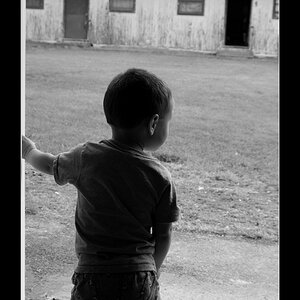
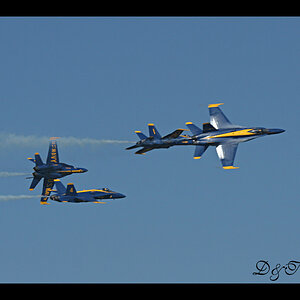
![[No title]](/data/xfmg/thumbnail/35/35962-c0d3c2e7c3fd7f9bd7e12c21f955f4f0.jpg?1619737278)
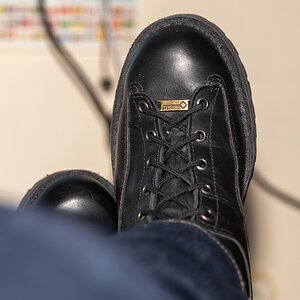
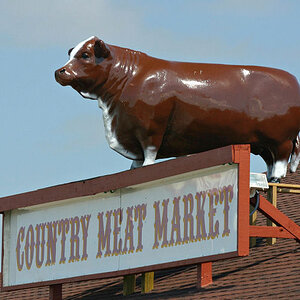
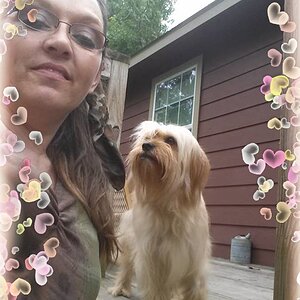
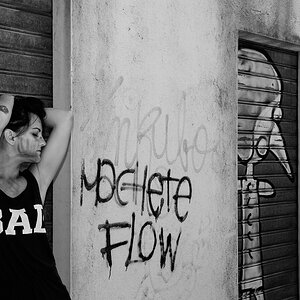
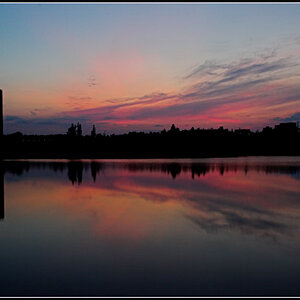
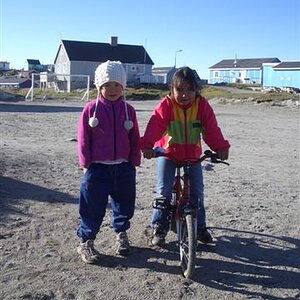
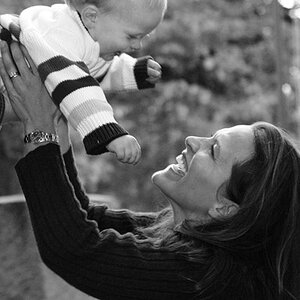
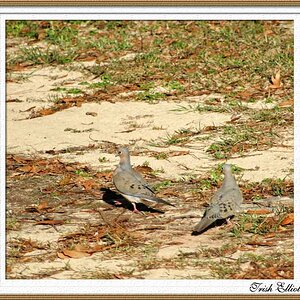
![[No title]](/data/xfmg/thumbnail/34/34078-48bd13f44e7bb42fdcc0154c5ee7c78e.jpg?1619736268)